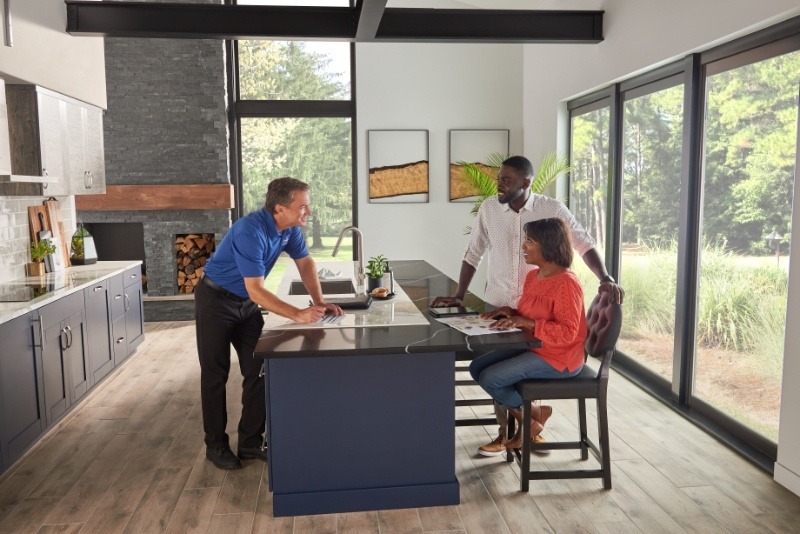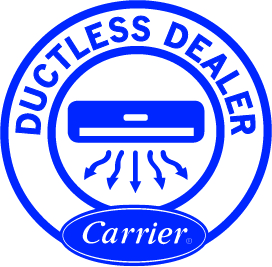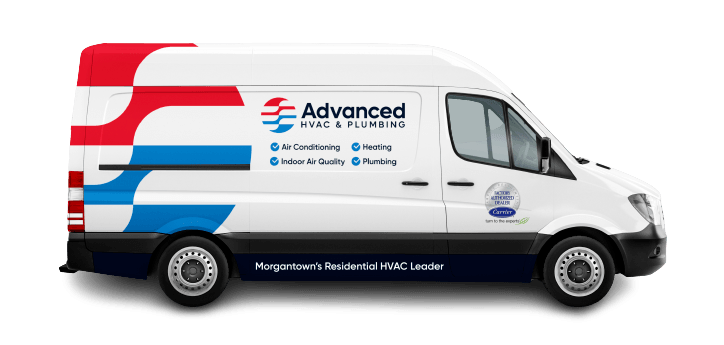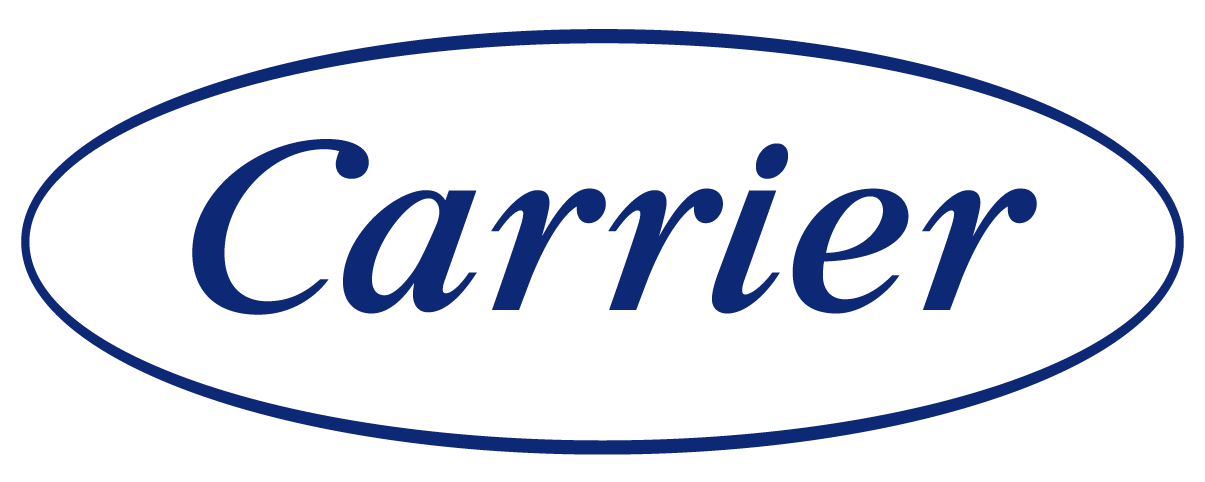
Ductless HVAC Systems: The Modern Solution for Year-Round Comfort
When homeowners in Morgantown, WV and surrounding areas like Kingwood, Fairmont, Cheat Lake, Westover, and Star City seek efficient heating and cooling solutions, ductless HVAC systems emerge as an increasingly popular choice. At Advanced HVAC & Plumbing, we’ve witnessed firsthand how these innovative systems transform home comfort while delivering impressive energy savings. Since our founding in July 2000, we’ve installed countless ductless systems that continue to exceed customer expectations.
Ductless HVAC technology, also known as mini-split systems, represents a significant advancement in climate control. Unlike traditional forced-air systems that rely on extensive ductwork to distribute conditioned air, ductless systems deliver heating and cooling directly to specific zones within your home. This approach eliminates the energy losses typically associated with ductwork, which can account for up to 30% of energy consumption in conventional HVAC systems.
Understanding How Ductless Systems Work
The mechanics of ductless HVAC systems involve two primary components: an outdoor compressor unit and one or more indoor air handling units. These components connect through a small conduit that houses the refrigerant tubing, power cable, and condensate drain. The outdoor unit contains the compressor and condenser, while each indoor unit features an evaporator and blower fan. This configuration allows for precise temperature control in individual rooms or zones.
The refrigeration cycle in ductless systems operates similarly to traditional air conditioners and heat pumps. During cooling mode, refrigerant absorbs heat from indoor air and transfers it outside. In heating mode, the process reverses, extracting heat from outdoor air—even in cold temperatures—and bringing it indoors. Modern ductless systems maintain efficiency in temperatures as low as -13°F, making them suitable for West Virginia’s variable climate conditions.
Installation flexibility stands out as a major advantage. The connection between indoor and outdoor units requires only a three-inch hole through an exterior wall, minimizing structural impact. Indoor units mount on walls, ceilings, or floors, adapting to various room configurations and aesthetic preferences. This versatility proves especially valuable in older homes throughout our service areas where adding traditional ductwork would be impractical or prohibitively expensive.
Key Benefits of Choosing Ductless HVAC
Energy efficiency ranks among the most compelling reasons homeowners opt for ductless systems. By eliminating duct losses and enabling zone-specific temperature control, these systems typically reduce energy consumption by 25-50% compared to conventional forced-air systems. Many models achieve SEER ratings exceeding 20 and HSPF ratings above 10, qualifying for utility rebates and tax incentives.
Indoor air quality improvements represent another significant advantage. Without ductwork collecting and circulating dust, allergens, and other contaminants, ductless systems maintain cleaner air. Multi-stage filtration in each indoor unit removes particles, odors, and allergens, creating healthier living environments. We often recommend these systems for customers with respiratory sensitivities or allergies.
Operational flexibility allows unprecedented comfort customization. Each indoor unit operates independently with its own thermostat, enabling different temperatures in different rooms simultaneously. This zoning capability proves invaluable for households with varying comfort preferences or rooms with different heating and cooling needs. Whether addressing a home office that runs warm from computer equipment or a sunroom with extensive glazing, ductless systems adapt to specific requirements.
Installation Process and Considerations
Professional installation ensures optimal performance and longevity. Our technicians begin with a comprehensive load calculation to determine appropriate system sizing for each zone. Factors including room dimensions, insulation levels, window placement, and occupancy patterns influence equipment selection. Proper sizing prevents short cycling and maintains consistent comfort while maximizing efficiency.
The physical installation typically completes within one to two days, depending on the number of indoor units. We mount the outdoor unit on a level surface, often using a concrete pad or wall bracket. Indoor unit placement requires careful consideration of airflow patterns, aesthetic preferences, and accessibility for maintenance. Refrigerant line sets run through walls or along exterior surfaces in protective conduits, maintaining a clean appearance.
Electrical requirements vary by system capacity but generally include dedicated circuits for both outdoor and indoor units. Our licensed electricians ensure code-compliant installations with appropriate disconnects and surge protection. Understanding that HVAC emergencies don’t follow business hours, we provide installation services with no extra charges for nights and weekends when urgent replacements become necessary.
Ideal Applications for Ductless Technology
Room additions and renovations present perfect opportunities for ductless installations. Rather than extending existing ductwork or oversizing current equipment, a dedicated mini-split provides efficient climate control for new spaces. We frequently install these systems in finished basements, converted attics, and garage apartments throughout Morgantown and neighboring communities.
Older homes without existing ductwork benefit tremendously from ductless technology. Many historic properties in our service area lack the space for traditional duct installation without significant architectural modifications. Ductless systems preserve original character while providing modern comfort and efficiency. The minimal invasiveness of installation protects historic integrity.
Supplemental heating and cooling applications address comfort issues in specific areas. Common scenarios include:
- Master bedrooms requiring different temperatures than the rest of the home
- Home offices needing consistent climate control during work hours
- Sunrooms with excessive heat gain or loss
- Kitchens generating substantial heat from cooking activities
- Bonus rooms above garages with inadequate insulation
Maintenance Requirements and Long-Term Performance
Regular maintenance ensures ductless systems deliver reliable performance throughout their 15-20 year lifespan. Monthly filter cleaning represents the primary homeowner responsibility. These washable filters simply rinse clean with water, eliminating ongoing filter replacement costs. Professional maintenance includes refrigerant level checks, coil cleaning, drainage system inspection, and electrical connection verification.
Seasonal maintenance optimizes efficiency and prevents unexpected breakdowns. Spring service prepares systems for cooling season, while fall maintenance ensures reliable heating performance. Our maintenance programs include priority scheduling and discounted repair rates, providing peace of mind and protecting your investment. Advanced diagnostic tools allow technicians to identify potential issues before they cause system failures.
Component longevity depends on usage patterns and maintenance consistency. Inverter-driven compressors in modern ductless systems experience less wear than traditional on/off compressors, contributing to extended lifespans. Indoor unit blower motors and control boards typically last the system’s lifetime with proper care. When repairs become necessary, modular design facilitates component replacement without whole-system replacement.
Making the Right Choice for Your Home
Selecting between ductless and traditional HVAC systems requires careful consideration of multiple factors. Home layout, existing infrastructure, budget constraints, and comfort priorities all influence the decision. Ductless systems excel in applications requiring flexible zoning, high efficiency, or minimal installation disruption. Traditional ducted systems may prove more economical for whole-home installations in new construction with accessible attic or basement spaces.
Cost considerations extend beyond initial investment to include operational expenses and potential utility incentives. While ductless systems typically carry higher upfront costs per ton of capacity, reduced installation complexity and superior efficiency often offset this difference. Many utility companies offer rebates for high-efficiency ductless installations, further improving cost-effectiveness. Our team assists customers in identifying and applying for available incentives.
At Advanced HVAC & Plumbing, we recognize that every home presents unique challenges and opportunities. Our comprehensive approach includes thorough assessment, transparent pricing, and professional installation backed by decades of experience. Whether you’re addressing comfort issues in a single room or seeking whole-home climate control solutions, ductless technology offers compelling advantages worth exploring. Contact us to discover how ductless HVAC systems can enhance your home’s comfort, efficiency, and value.
